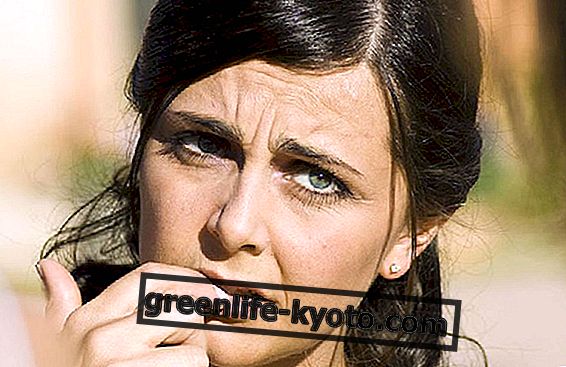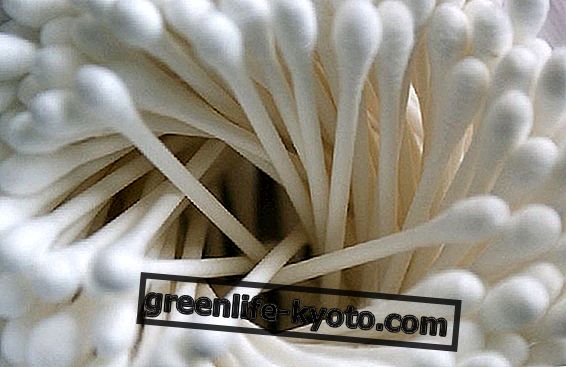
According to Bach's vision, a real therapy must dissolve those knots and those mental barriers that cage the individual in wrong (and painful) attitudes, in order to expand his ability to see and understand the reality of things, his own needs and own real goals.
According to this perspective, a real cure must tend to free man from the error of evaluation and from the illusion of feeling alone, in a hostile world, because there is no real healing, without a profound modification of the soul of the sufferer .
Childhood and the early years
Edward Bach was born September 24, 1886 in Moseley, near Birmingham, to a family from Wales, a land he will discover on a trip and will love deeply, for the rest of his life. Extremely sensitive person, since he was a child he wants to help people, so when the time comes, he enrolls in Medicina. He graduated first in Birmingham and then in London where he began medical practice, and in 1913 he qualified for the profession, becoming head of the emergency department of the University College Hospital and subsequently of the emergency surgery department, at the National Temperance Hospital.
In a short time he becomes a successful and successful doctor, patients increase but he feels more and more dissatisfied with the results of his treatment. His impatience comes from the fact that the medicine he was taught does not pay attention to the study of the character of the sick, concentrating everything on the physical body, while according to his vision " in the treatment of any pathology, the personality of the individual and the emotional sphere play a fundamental role ". All this leads him to seek other methods of treatment and for this, he approaches the Immunological School ; he becomes a bacteriologist assistant at University College Hospital where he obtains brilliant scientific research results.
The first discoveries and the disease
It is in this period that he comes into contact with the chronically ill, with whom he undertakes his research, experimenting with new remedies, which will prove surprisingly effective in difficult cases. In fact, he discovers a correlation between the alteration of some bacterial strains , present in the intestinal flora, and chronic diseases .
In 1914, at the outbreak of World War I, Edward Bach was not enlisted because of his precarious physical condition, but despite this, he will have to look after the soldiers, returning from the front, at the University College hospital. His frenetic work weakens his body more and more, so much so that in June 1917 he was hospitalized due to a hemorrhage. His colleagues diagnose him with a spleen tumor, operate it, but give him 3 months to live. Precisely because of this disease, Bach decides to leave work at the hospital. Shortly afterwards his condition improved and the poor prognosis was denied: he died 19 years later, in 1936 when he completed his research.
The meeting with homeopathy and the 7 nosodes
At the end of 1918 he opened his own laboratory in Nottingham Place and after a few months presented an application for a pathologist and bacteriologist at the London Homeopathic Hospital, where he got to know better the work of Samuel Hahnemann, father of homeopathy, the other great branch of medicine, which contrasts with allopathy due to a different conception of the disease and the use of drugs . Bach is in tune with what Hahnemann said: consider the patient and not the illness at the center ; the use of biological preparations obtained from the patient; and the use of herbs and medicinal plants, to treat various diseases.
He begins to prepare his own vaccines in a homeopathic way and to administer them orally: this is how the so-called " Bach nosodes " are born, divided into seven groups . Each patient is checked which type of intestinal bacteria predominates and the corresponding nosode is prescribed. Hundreds of patients are treated in this way with excellent results, not only in England, but also in Germany and the United States. Bach has the intuition to look for similarities between people who have the same type of bacterial alteration and he realizes that he can predict what the right remedy will be, based on the patient's moods, allowing him to spare long and expensive clinical examinations .
The 38 flower remedies
Although he has managed to associate certain bacteria with specific personalities, he still does not feel satisfied with the results. In Bach was born the idea of replacing nosodes with plants, so in September 1928 he went to Wales, and during a walk he collected two flowers: Mimulus and Impatiens, with which he prepared two remedies, according to the usual method used for bacteria .
In 1930 he left everything and settled in Wales, in the ancient house of his grandparents. In February an article is published in " Homoeopathic World ", entitled " Some New Remedies and New Uses " ("Some new remedies and new uses"), which consists of a report on five plant-based remedies, of which three - Impatiens, Mimulus and Clematis - will form the basis of the method of flower remedies. In 1931 he completed the first series of 12 remedies, and published the booklet " The twelve healers ".
He wants everyone to know his new care system, but the newspapers do not publish his articles and so he decides to make paid advertisements, which cause him disagreements with the College of the Doctors, which threatens him with expulsion. Exasperated, he renounces the registration to the order and the title of doctor, claiming that he prefers to be called a " simple herbalist ", rather than abandoning the answers he was finding in Nature. Give the mother tinctures to two large London pharmacies, as long as they commit to offering the public remedies at bargain prices.
In a few months complete the second series, the 7 helpers, and elaborate the first emergency compound, the Rescue Remedy which is initially formed by three flowers. From 1932 to 1935 he discovered the other remedies, thus completing his work. Convinced that he had completed his system and thus completed the work, he decided to hold a series of conferences to allow a wider audience to learn about the new therapy and its discoveries. On 27 November 1936 Bach died in his sleep, leaving humanity the great gift of a care system, which brings man closer to himself, enclosed in his " Heal Yourself " and officially, flower therapy is a therapeutic system recognized by the WHO (World Health Organization) since 1976.













